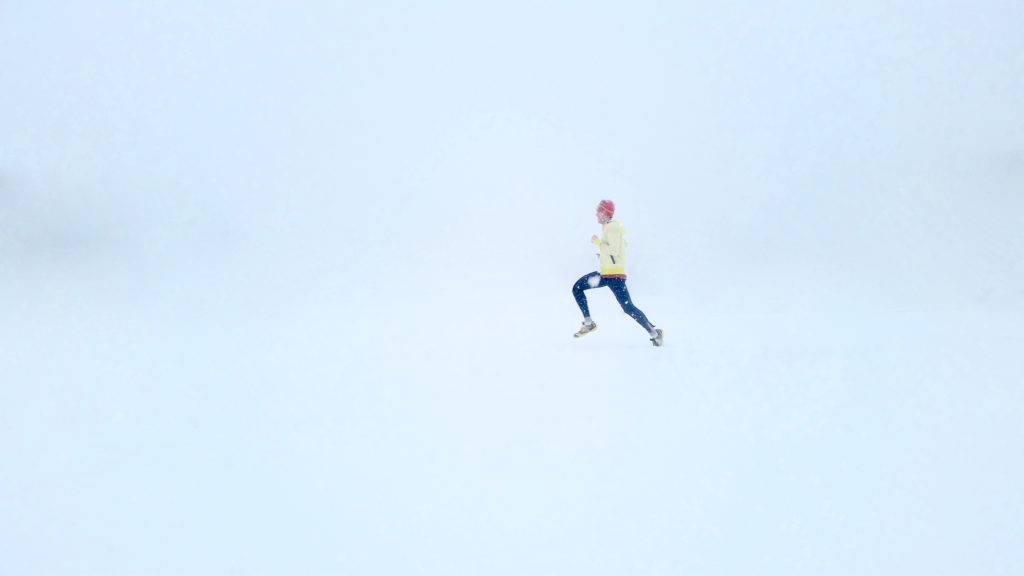
Tips for Running in the Winter
By Ruben Sança
If you’re a distance runner living in a climate that changes drastically with the seasons, you have to battle against the elements to get your training done. Temperatures in the winter in cold places are not ideal for running workouts. These months can often be crucial in training, whether it be for a spring marathon or something further along down the road in the summer. How do you keep up with your high mileage training routine throughout the harsh weather? Here are some tips:
Stay Chill
1. Plan ahead: Consult weather.com for 10 day forecasts and 36-hour-to-hour forecasts on snow, cold, and wind chill. Have your runs planned at least a week ahead of schedule so you can get the most out of your training sessions. Try to run during the warmest part of the day.
2. Purchase the right running equipment: Those cotton long sleeve t-shirts are not going to cut it. They fail to retain the body heat you create when running and will make you even colder when you begin to sweat. Invest in some light, durable, cold running weather gear that does a better job at retaining the heat your body emits. Make sure you have multiple pairs of gloves, hats, and shoes.
3. Find running partners: Get a running partner that will motivate you even when you don’t want to run. Pull them up when they’re not feeling it and they’ll do the same for you.
4. Stay in the city: Running in the city between buildings is much warmer than running in wind-swept open spaces. The structure of the city eliminates, or at least helps, decrease the wind-chill factor. Also, most of the time the majority of snow has been displaced or reduced to minimal slush by cars and heavy foot traffic in cities, making it an easier place to run.
5. Find an indoor track: Locate an indoor track where you can get a workout in if weather conditions are absolutely horrible.
6. Get a gym membership: Get a local gym membership in case you need to use a treadmill when the weather is unspeakably abysmal.
7. Don’t run too early: If possible, wait until the middle of the day for temperatures to rise.
8. Switch days around: Do your longer runs when the weather is warmer. Do your shorter runs when the weather is not ideal. That way you spend less time in the colder weather. Also, do your most demanding workouts when the weather is better. **9. Find the right roads to run on:
9. Roads with lots of puddles can knock the consistency and rhythm of your stride. If you have to, make sure to avoid puddles so you don’t get your feet wet. Most importantly, avoid slippery roads in general where your efficiency will be compromised.
10. Don’t forget petroleum jelly: Keep your lips, face, nose, hands, and toes extra warm and chapped-free by applying some jelly. This can be a tremendous help when it’s windy out.
Huddle Up
One of the most important tips (not included in the list because it is expected) is self discipline. Winter running can either make or break a season of racing, but if you can get it done, everything else, including racing, will seem much easier mentally.
Be prepared for the biggest moments by mastering the small ones off the field.
